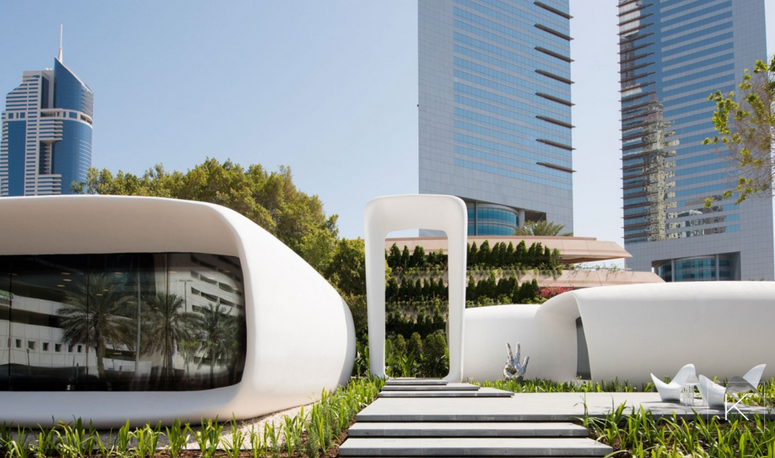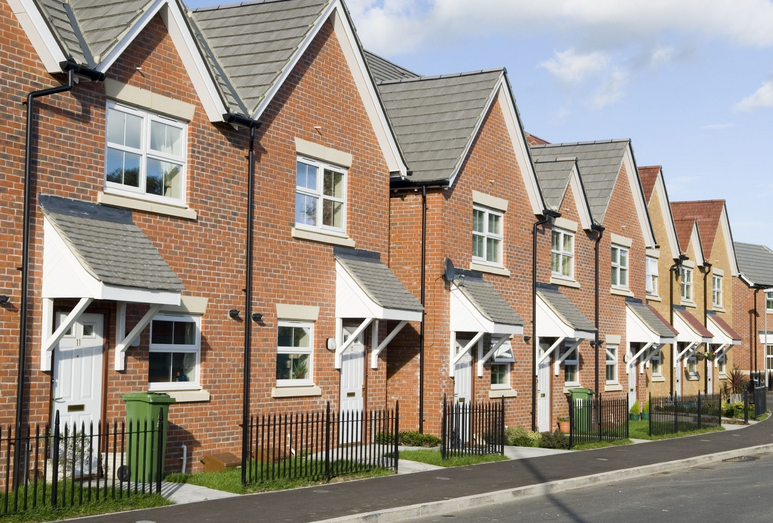As the world’s population continues to grow, urban spaces are becoming increasingly crowded, leading to a rising demand for innovative architectural solutions to accommodate compact living. The need for affordable, sustainable, and space-efficient housing has sparked a revolution in urban architecture, with a focus on creating innovative interventions to maximize living spaces while maintaining a high quality of life.

In response to the challenges posed by urban population density, architects and designers are reimagining the concept of compact living. Instead of traditional single-family homes, modern urban dwellings are evolving to include creative designs that prioritize efficient use of space without sacrificing comfort and functionality.
One of the key strategies being employed is the use of adaptable and multi-functional spaces. Compact living requires a rethinking of the traditional layout of homes, with a focus on creating versatile living areas that can serve multiple purposes. For example, innovative architectural interventions may include movable walls, modular furniture, and convertible spaces that can transform from a living room to a bedroom or a home office. Such flexible design solutions allow residents to make the most of limited square footage and adapt their living spaces to suit their changing needs.
Furthermore, vertical living has emerged as a popular trend in urban housing. With limited space available for horizontal expansion, architects are turning to vertical solutions to maximize housing capacity. This approach involves the construction of high-rise buildings and innovative vertical communities that offer a wide range of amenities and communal spaces, allowing residents to enjoy a comfortable and vibrant urban lifestyle within a compact footprint.
In addition to space-efficient design, sustainable and eco-friendly architectural interventions are gaining traction in urban housing. With a focus on reducing the environmental impact of urban living, architects are integrating green building technologies, energy-efficient materials, and renewable energy solutions to create environmentally responsible urban housing developments. From green roofs and living walls to passive design strategies that optimize natural light and ventilation, these interventions not only prioritize sustainability but also contribute to a healthier and more livable urban environment.
Moreover, the use of advanced materials and construction techniques is playing a crucial role in revolutionizing urban housing. Architects are exploring innovative building materials and construction methods to create durable, efficient, and aesthetically pleasing compact homes. From prefabricated and modular building systems to sustainable materials such as cross-laminated timber and recycled steel, these advancements are enabling the construction of high-quality, affordable urban housing at a faster pace.
As urban populations continue to grow, the demand for compact, sustainable, and well-designed housing will only intensify. By embracing innovative architectural interventions, urban spaces can be transformed into thriving, livable communities that offer a high quality of life for residents while promoting sustainability and efficient land use.
Final Thoughts
In conclusion, the revolution in urban housing through innovative architectural interventions is reshaping the way we envision and experience compact living. By prioritizing adaptable spaces, vertical solutions, sustainability, and advanced construction technologies, architects are paving the way for a new era of urban housing that offers a harmonious balance between functionality, sustainability, and quality of life. As cities continue to evolve and grow, these innovative interventions will play a fundamental role in shaping the future of urban living.


